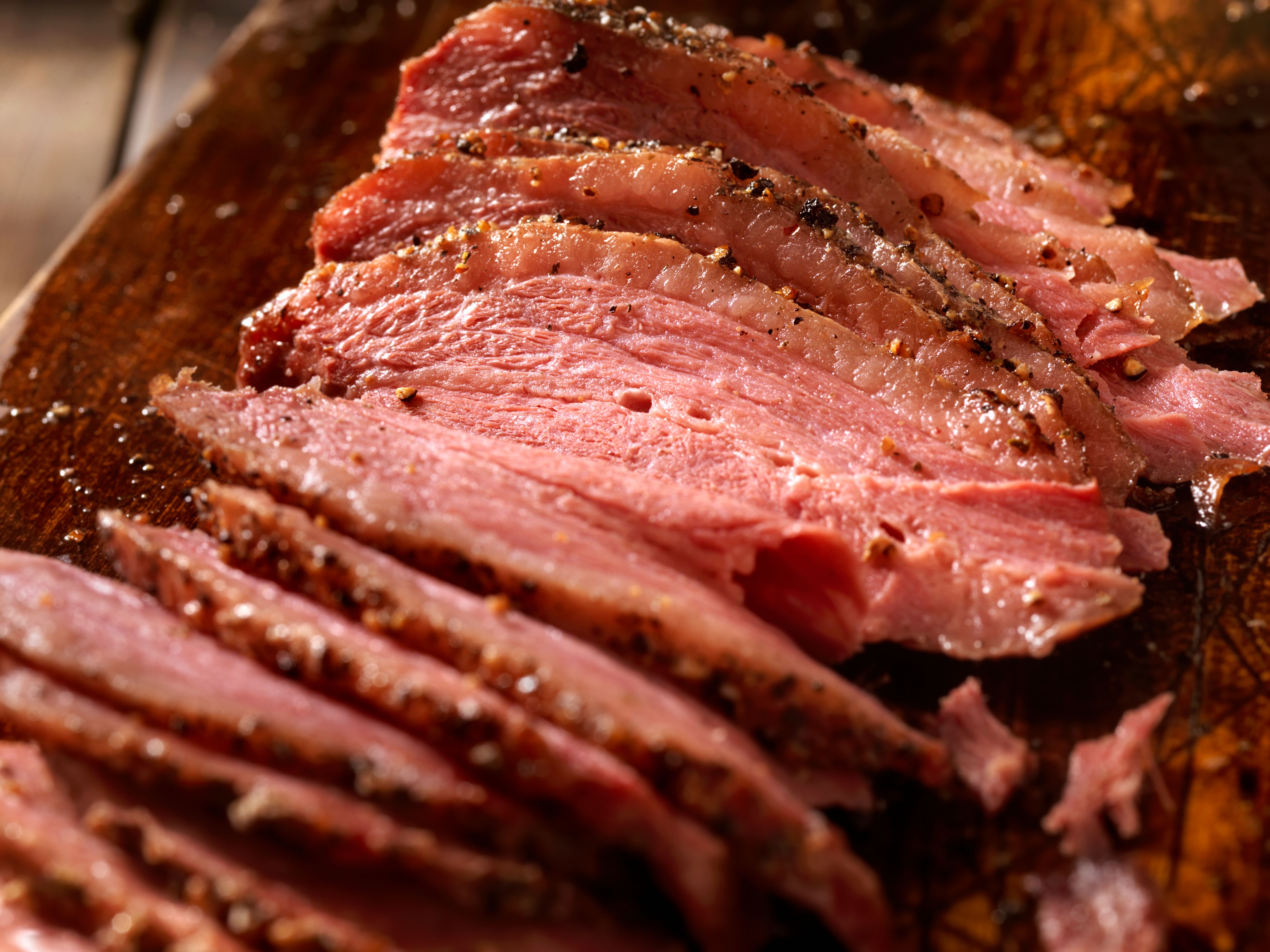Mastering the Art of Smoking and Curing: Techniques for Flavorful Preservation
The Basics of Smoking and Curing
Smoking and curing are age-old techniques used to preserve food while infusing it with unique flavors. These methods have been perfected over centuries, offering a delightful way to enjoy meats, fish, and even some vegetables. Understanding the basics of these techniques can help you master the art of creating flavorful preserved foods.
Smoking involves exposing food to smoke from burning or smoldering materials, typically wood. This process not only enhances flavor but also extends the shelf life of the food. Curing, on the other hand, entails using salt, sugar, nitrates, or a combination of these to draw moisture out of the food, preventing bacterial growth and spoilage. Together, smoking and curing form a powerful duo in the world of culinary preservation.

Choosing the Right Wood for Smoking
The type of wood you choose for smoking can dramatically influence the flavor of your food. Hardwoods such as hickory, oak, and maple are popular choices due to their rich, robust flavors. Each type of wood imparts its own distinct aroma and taste, so experimenting with different varieties can help you find your preferred flavor profile.
Fruitwoods like apple, cherry, and pecan also offer a milder, sweeter smoke that complements delicate meats like poultry and fish. When selecting wood, ensure it is well-seasoned and free from any chemicals or mold to avoid imparting undesirable flavors or toxins to your food.
Curing Methods: Dry vs. Wet Curing
There are two primary curing methods: dry curing and wet curing. Dry curing involves rubbing a mixture of salt and other curing agents directly onto the food's surface. This method is often used for meats like bacon and prosciutto, resulting in a concentrated flavor and firm texture.

Wet curing, or brining, immerses the food in a solution of water, salt, sugar, and sometimes additional spices. This method is particularly effective for larger cuts of meat or poultry, ensuring even distribution of flavors and moisture throughout the product. Both methods require patience, as the curing process can take anywhere from a few days to several weeks depending on the size and type of food.
The Importance of Temperature Control
Maintaining proper temperature is crucial when smoking and curing foods. For smoking, it's essential to keep the temperature consistently low—typically between 200°F to 250°F—to allow the flavors to permeate the food without cooking it too quickly. Using a smoker with a built-in thermometer can help you monitor and adjust the temperature as needed.
During curing, especially with meats, it's vital to keep them refrigerated below 40°F to prevent bacterial growth. This ensures that the curing process enhances flavor without compromising safety. Investing in a quality thermometer is a small step that can make a big difference in your smoking and curing endeavors.

Enhancing Flavor with Spices and Herbs
While smoke and salt provide a solid foundation for flavor, adding spices and herbs can elevate your creations to new heights. Consider incorporating ingredients like black pepper, garlic, bay leaves, or juniper berries into your curing rubs or brines for added complexity.
Experimenting with different spice blends allows you to customize the taste to suit your palate or create signature flavors unique to your kitchen. Remember that a little goes a long way, so start with small quantities and adjust as necessary to achieve the desired taste.
Patience Pays Off
One of the key ingredients in mastering the art of smoking and curing is patience. Both processes require time—sometimes several days or weeks—to reach their full potential. Rushing through these steps can result in unevenly flavored or preserved foods.
Understanding that good things come to those who wait can help you appreciate the time-honored tradition of smoking and curing. The resulting depth of flavor and preservation quality is worth every moment spent in anticipation.
